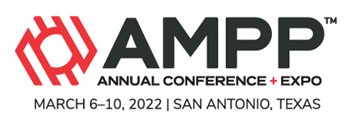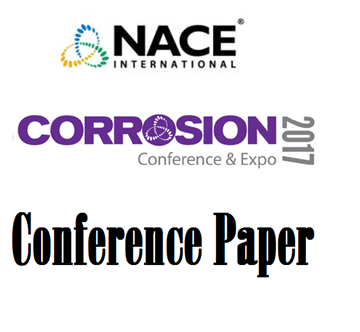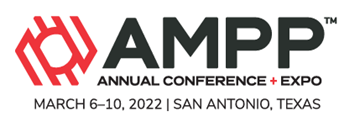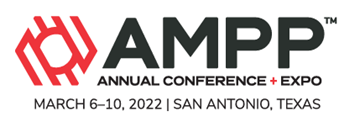Search
Coatings and Linings
View as
Sort by
Display
per page
Effect Of Steel Surface Profile Peak Density On Rust Creepage
Product Number:
51322-17584-SG
Publication Date:
2022
$20.00
Effect of Surface Preparation of Coating Performance
Product Number:
41216-953-SG
Publication Date:
2016
$20.00
Effect Of Temperature On Inhibition Efficiency And Data Analysis With Different Adsorption Isotherms
Product Number:
51322-17895-SG
Publication Date:
2022
$20.00
Effect of Water Soluble Salts Affecting Long-Term Durability of Epoxy Coating on Carbon Steels
Product Number:
51317--9284-SG
ISBN:
9284 2017 CP
Publication Date:
2017
$20.00
Effects of Blasting Methods on the Performance of Organic Coatings
Product Number:
41206-267-SG
Publication Date:
2006
$20.00
Efficacy Of MIL-DTL-5541 Compliant Non-Chromate Conversion Coating Repair Materials
Product Number:
51322-17625-SG
Publication Date:
2022
$20.00
Efficient Polyurethane Pipe Coatings for Harsh Conditions
Product Number:
41214-869-SG
Publication Date:
2014
$20.00
Elastrometric Acrylic Coatings for Use on Commercial Structures
Product Number:
41213-777-SG
Publication Date:
2013
$20.00
Enhancing the Effectiveness of Food Grade Paint: Maximizing Safety & Reducing Corrosion
Product Number:
41215-877-SG
Publication Date:
2015
$20.00
Environmentally Assisted Cracking Of Nickel Based Alloy 955 In Saltwater With Cathodic Protection For HPHT Application
Product Number:
51322-17768-SG
Publication Date:
2022
$20.00
Environmentally Assisted Cracking Susceptibility Of Nickel Based Alloy 955 In A Sour Wellbore Fluid For HPHT Application
Product Number:
51322-17766-SG
Publication Date:
2022
$20.00
Epoxy Penetrating Sealer Over Latex Acrylic - Good or Bad?
Product Number:
41215-934-SG
Publication Date:
2015
$20.00












